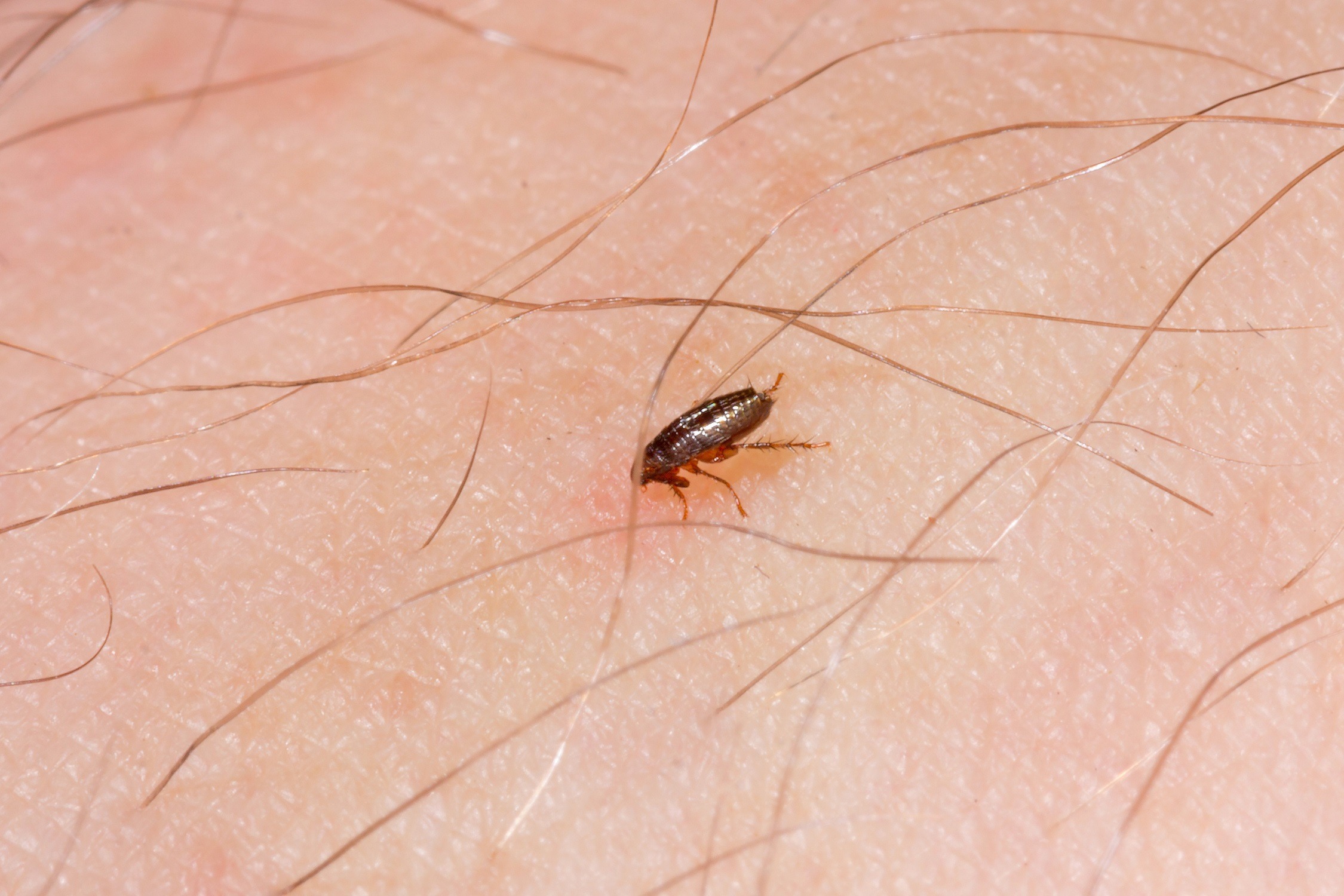Fleas can be a huge nuisance—one that poses significant health risks to pets and humans alike. They’re tiny, blood-sucking pests that can multiply incredibly quickly, which leads to severe infestations if the problem’s not nipped in the bud early. An understanding of how to effectively eliminate fleas and prevent them from coming back is important for keeping your home environment healthy.
Understanding Fleas
Fleas are small, flightless insects that can jump incredibly long distances. They’re reddish-brown in color and feed on the blood of animals and humans, causing itchy bites and potential allergic reactions. The life cycle of a flea has four stages: egg, larva, pupa, and adult. Each stage plays a huge role in the flea’s survival and reproduction.
Flea eggs, which are laid on the host, fall off into carpets, bedding, and upholstery, where they hatch into larvae. The larvae eat organic debris and feces of other fleas before spinning cocoons and entering the pupal stage. The pupae can remain dormant for months at a time until they sense a host nearby, where they can emerge as adult fleas ready to feed and reproduce. All four stages of the life cycle need to be dealt with to eliminate fleas completely, and the endeavor can be quite challenging for this reason.
Signs of a Flea Infestation
Knowing how to identify the signs of a flea infestation early plays a huge role in keeping it from becoming too severe. Some of the most common signs include:
- Flea Dirt: Tiny black specks, resembling pepper, found on your pet’s skin, bedding, or in areas where your pet spends time. These are flea feces.
- Flea Bites: Small, red, itchy bumps on your or your pets’ skin, typically with a red halo around the center.
- Pet Behavior: Increased scratching, biting, or grooming by your pets, particularly around the neck, tail, and hindquarters.
- Visible Fleas: Seeing fleas jumping on your pet or in your home.
Health Risks of Fleas
The problems posed by fleas extend far beyond mere annoyance; they can transmit serious diseases such as typhus and cat scratch fever as well as cause tapeworm infections in pets. Flea bites can lead to allergic reactions, skin irritations, and infections from the excessive scratching that comes with them. Pets can develop flea allergy dermatitis, leading to severe itching and hair loss. In extreme cases, heavy infestations can cause pets to lose a lot of blood, leading to anemia.
DIY Flea Control Methods
Treating Pets
Start with your pets when attempting to deal with fleas. There are many veterinarian-recommended flea treatments you can use, and they’re available in oral and topical forms. These treatments kill adult fleas and prevent eggs from hatching. Flea baths can also provide temporary relief but should not replace regular flea control products.
Cleaning the Home
To get rid of fleas completely, you need to treat your entire home thoroughly. Flea eggs, larvae, and pupae can be hidden in almost every part of the home like the carpets, floorboards, and upholstery. Follow these steps for effective home cleaning:
- Vacuum Regularly: Vacuum carpets, rugs, and furniture, paying special attention to cracks and crevices. Empty the vacuum bag or canister outside to keep the fleas from coming back.
- Wash Bedding: Wash pet bedding, human bedding, and any washable fabrics in hot water with detergent. Do this often, on a regular basis.
- Diatomaceous Earth: Sprinkle food-grade diatomaceous earth on carpets and furniture. This is a natural powder that dehydrates and kills small pest insects like fleas. Vacuum thoroughly after letting it sit for several hours.
- Steam Cleaning: Think about steam cleaning carpets and upholstery, since high heat can kill fleas at all stages of their life cycle.
For more information on keeping your home free from pests, consider consulting a professional home inspection service to make sure your house is safe and clean.
Professional Flea Control
Doing it yourself might not be enough if you’re dealing with a severe flea infestation. Fortunately, you can hire a professional pest control service if that’s the case. They can provide comprehensive treatment options, including:
- Insect Growth Regulators (IGRs): These chemicals prevent flea larvae from developing into adults.
- Flea Bombs and Foggers: These can be effective for large areas but should be used with caution to avoid exposing pets and humans to them.
- Ongoing Monitoring: Professionals can offer ongoing monitoring and treatment plans to make sure the fleas don’t come back.
Hiring a professional pest control contractor can save time and ensure a more thorough eradication of fleas from your home.
Preventing Future Infestations
Once your flea problem has been eliminated, you need to take a few steps to keep them from coming back. Some preventative measure you can take include:
- Regular Treatment: Keep pets on a year-round flea prevention regimen.
- Routine Cleaning: Maintain a regular cleaning schedule, including vacuuming and washing bedding.
- Yard Maintenance: Treat outdoor areas where pets spend time with pet-safe flea control products.
Effective Flea Control in Your Home
Effective flea control in your home requires a versatile approach, including treating pets, cleaning the home, and possibly seeking professional help. With an understanding of the flea life cycle and taking proactive measures, you can eliminate fleas and prevent future infestations, which goes a long way toward a healthy and comfortable environment for both your pets and family, especially when combined with residential mold inspection services.
For expert advice and assistance, think about reaching out to a trusted home inspection and pest control service. They can provide tailored solutions to keep your home flea-free and safe.





